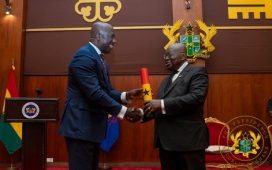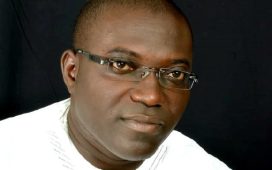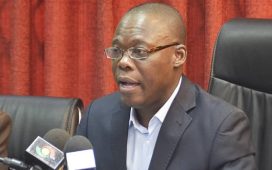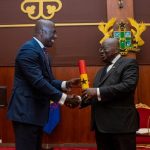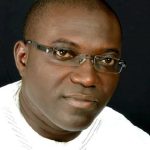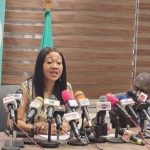A report conducted by the Coalition of Northern Ghana CSOs led by the Northern Patriots in Research and Advocacy (NORPRA) after a 6-month implementation of the One Village, One Dam (1V1D) Expenditure and Performance Tracking project in five regions in the northern part of Ghana clearly reveals the monies were shared by party boys in the name of 1V1D for no meaningful work done.
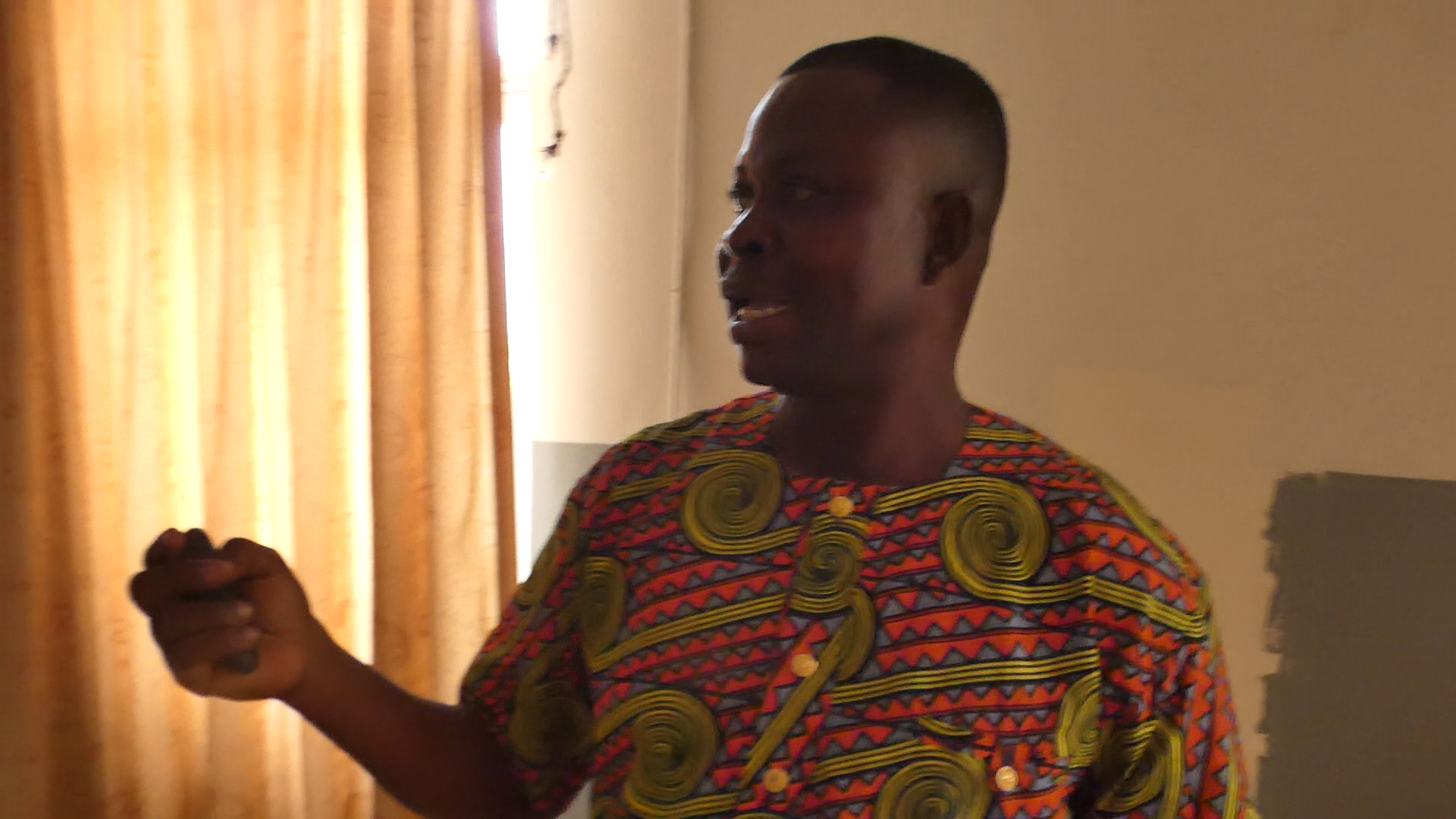
The extensive report dubbed ‘Ghana’s Oil Money on Dried Dams’ was supported by the Africa Centre for Energy Policy (ACEP) under its Extractive Industry and Climate Change Governance Fund (EICCG).
Engaging journalists during the report launch On Monday, May 29, 2023, the Executive Director of Northern Patriots in Research and Advocacy (NORPRA) Bismark Ayorogo explained, “We went round to do expenditure and performance tracking of One Village One Dam across the 5 regions in northern Ghana and to also find out from communities members through focus view discussions, interviews, and assessment, what they make of the dam in terms of its performance.
And this is at the back of the policy of government to provide One Village One Dam, so that there will be increased agricultural productivity, increase food security, creation of jobs, and a reduction in migration from the rural communities to the urban centers particularly the Southern part of the country from the north”.
Mr. Ayorogo said upon their study: “They were able to track expenditures of 285 One Village One Dam and at the end of it all, we realized that government spent over Two Hundred Million Ghana Cedis (Ghc 201,000.000.00) on these dams and when we strike the average we realized that government spent over Six Hundred and Seventy Thousand Ghana Cedis (Ghc 670,000.000.00) per dam against the contract sum as we saw in award letters Two Hundred and Fifty Thousand”.
According to Mr. Ayorogo most of the places they visited, the community members were saying they have not contributed in any way to increase food security or agricultural productivity in their communities. So, we want to find out more from other communities. The policy says, the dams are there to help create jobs, increase food security, agricultural productivity.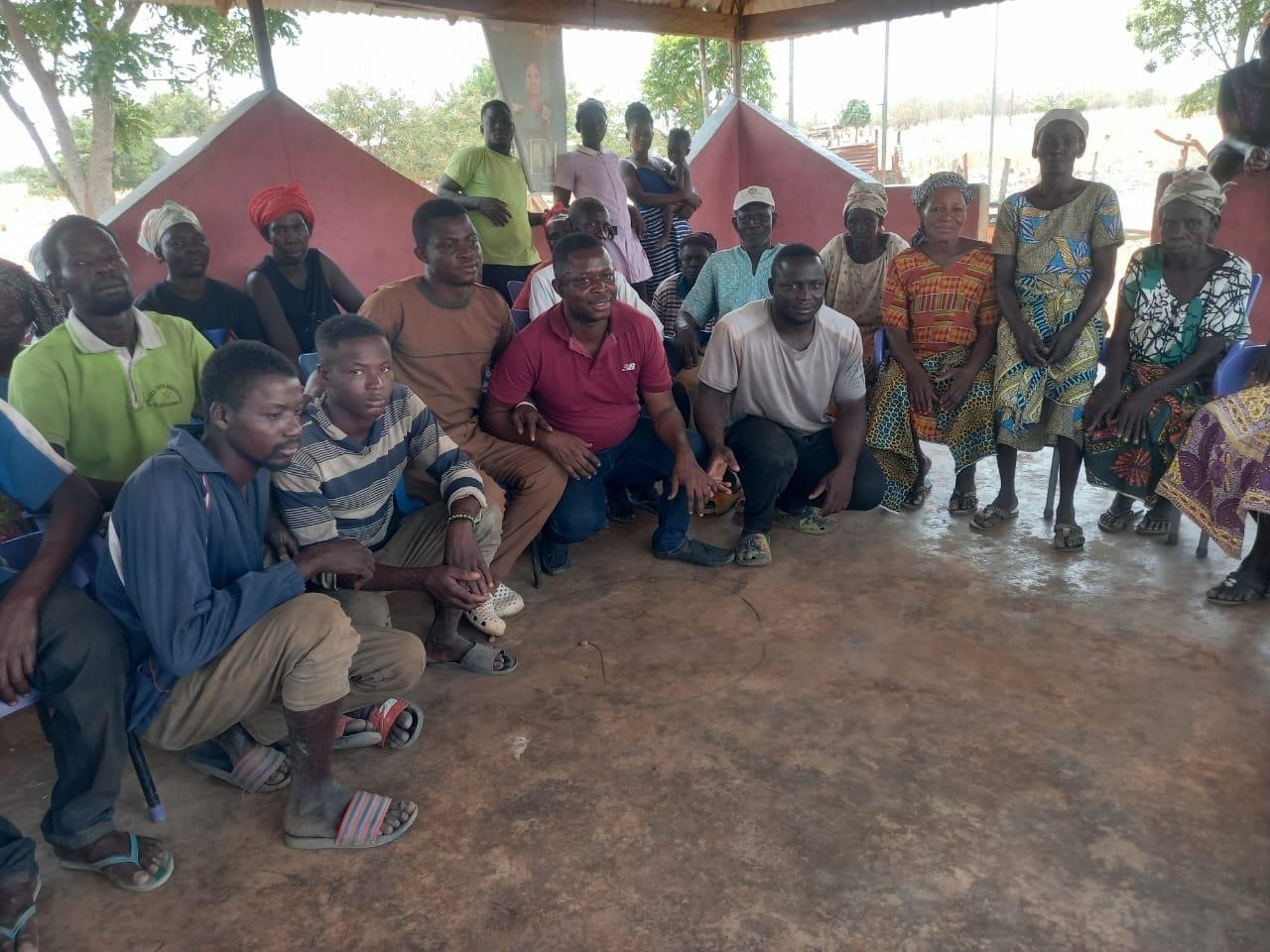

“We went to most of the communities and one of them is Gbedembilisi Community in the Builsa South, we got there and we were able to get 20 farmers and the first we asked is, has One Village One Dam benefitted and all the 20 disagreed that, the dam doesn’t have enough water for all year farming because the dam was dried.
We went to Jadema Community and asked the question if, One Village One Dam has enough water for all-year farming. One Village One Dam has contributed to increased agricultural productivity? One Village One Dam has contributed to food security? And One Village One Dam contributed to reducing migration as a result of Job opportunities? These are statements we picked from the policy document of the government from the 2017, 2018,2019, and 2020 to 2021 budget statements and the economic policies of the government and regrettably, the community members who participated in the focus group discussion and backed it with a community score card, said the dams did not contribute in any way.
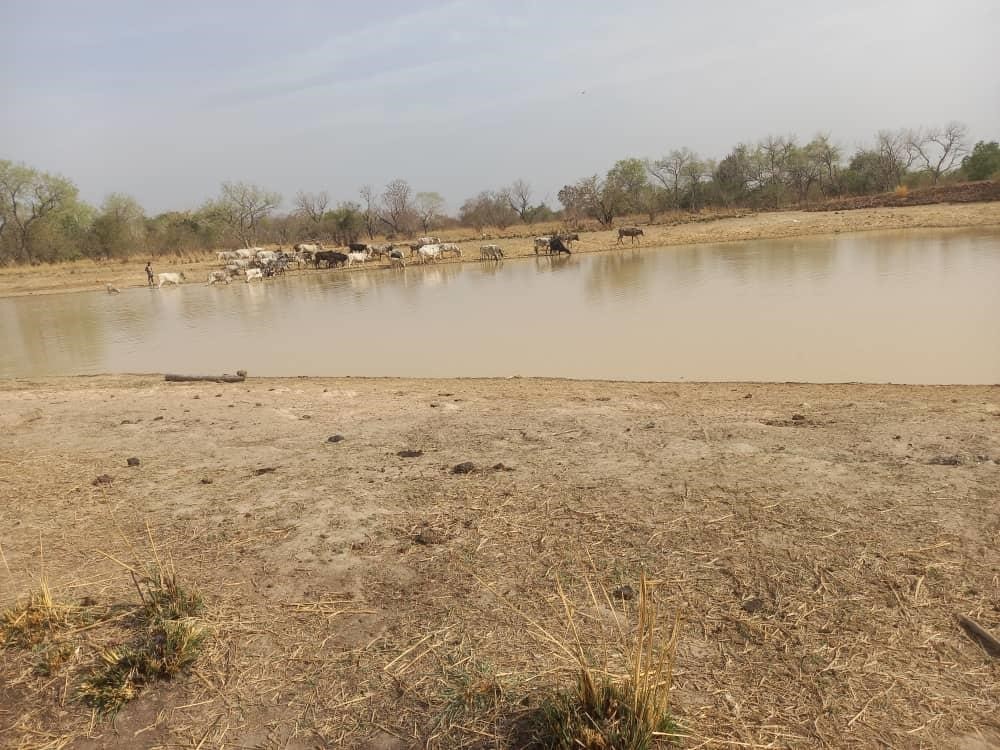
So, went further to the dams to see it ourselves and shockingly, almost all the dams were dried. No single dam was functioning, no single dam was having water and there was no dry season farming around any of the dams we visited”. He revealed
We decided to continue, who knows, if the 285 dams may not be enough to conclude what we have gotten, there is still a need to extend to other communities and fortunately, because of the good leadership of this community who are always ready to participate in the development process of their community, we got the Chief and Assemblyman of Dachio to help us talk to the community members.
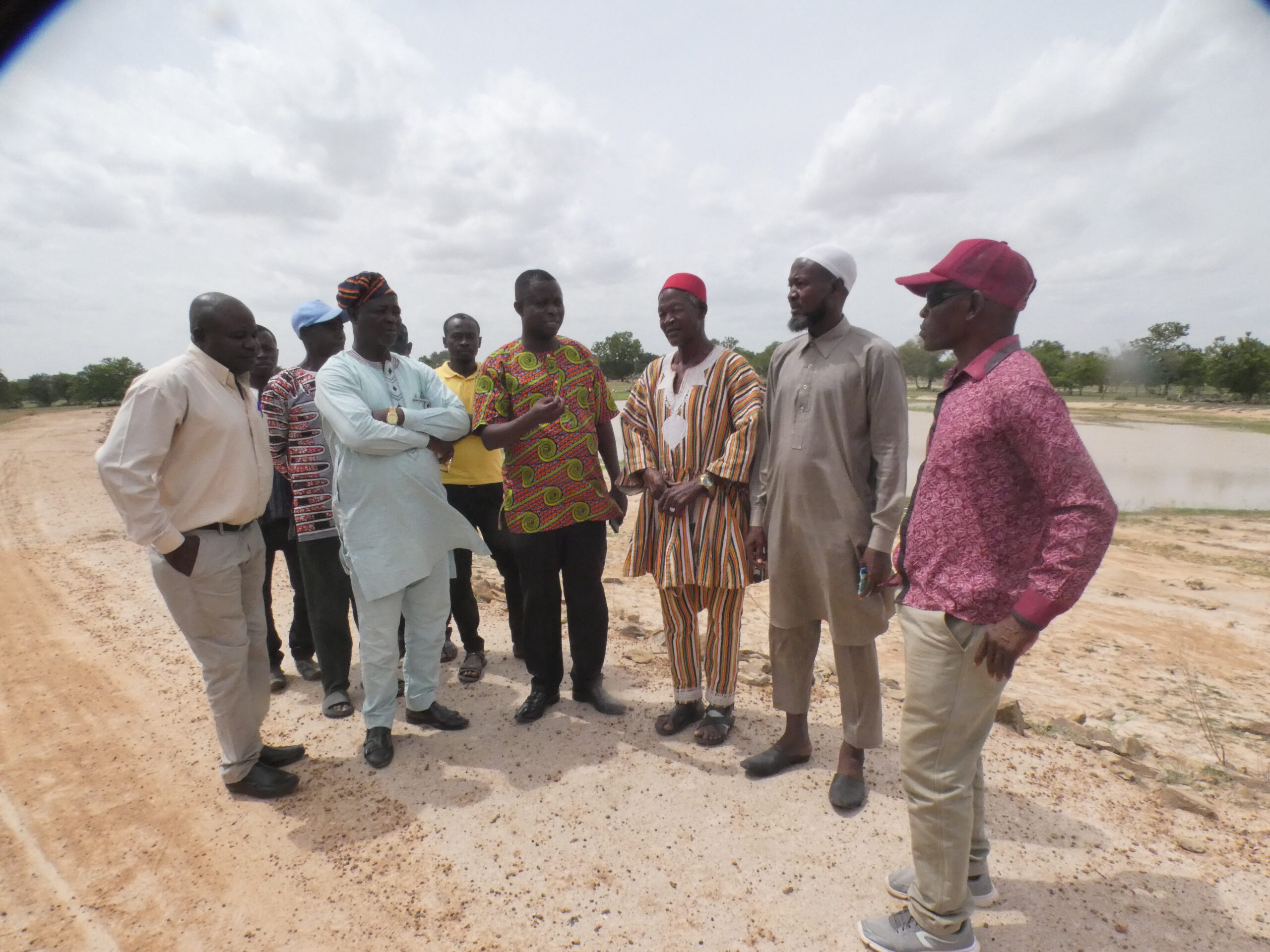
Meanwhile, when journalists were transported to the Dachio shoddy constructed dam, the evidence available revealed the shoddy job done by the contractor was rather causing more harm than good. Evidence also shows that the Dachio Dam spillway is just at the same high-level size with a building block which has resulted to massive erosion at the community even to the extent of affecting Chief House.

Engaging the Chief of the Dachio community Naaba Akaliga II at the dam site when we visited his community, he openly told pressmen that, the government did not mean well for his community with their poverty eradication project.



“They only came to punish us in Dachio, they don’t want to give us any dam, that is why I described it at the initial stages that it was a football park and not a dam. This dam doesn’t help anybody in Dachio, and neither do we drink from it. Maybe, some people are fetching water from it to build their houses, is the only thing I can say. This dam does not help us anywhere. This is not the site for the dam, why would they leave the site and come where houses are built to construct a dam? They wanted to destroy us. I regretted convincing my people to vote for this government” the chief expressed.
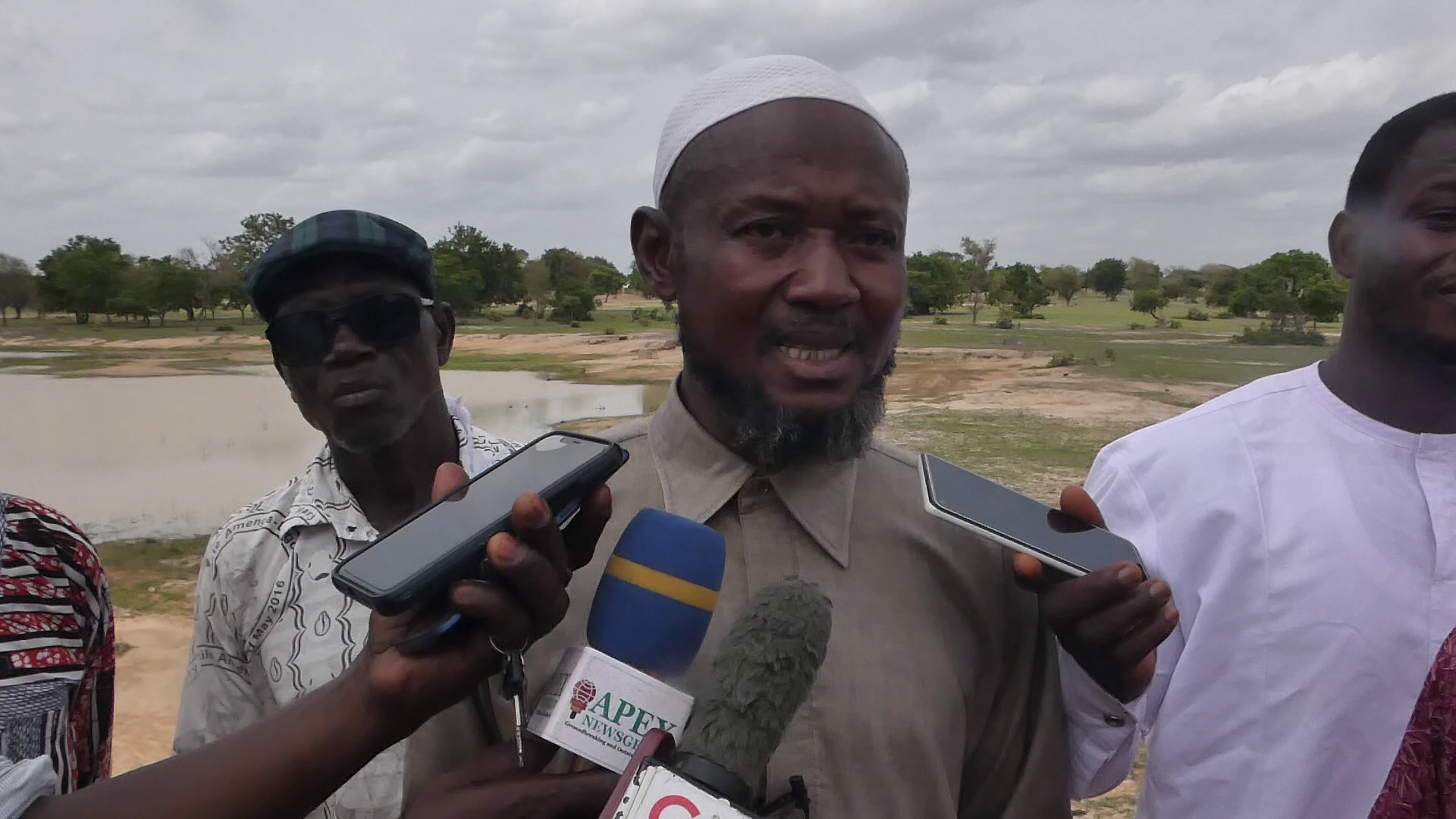
Hon. Zakari Abdul Aganbire, a Dachio Assemblyman who was also present at the dam scene when a team of journalists visited the scene said: “Looking at the land that was handed over to the contractor, if they had moved up a little, all these places would have been the land for the people to use for the dry season farming. But they came and landed at the land and constructed the dugout. In fact, there was no supervision.
“Looking at the spillway, the least rain that falls gathers a little water and the rest dashes out, which has created a galley in the community”.
The last time people of Cape Coast came to do research, when I brought them this way it wasn’t easy for us, because the community members thought they were the people that constructed the dam, they were trying to put their anger on them and I then had to intervene by telling they came from Cape Coast.
“Actually, this dam has not served its purpose,” Hon. Zakari Abdul Aganbire told the media.


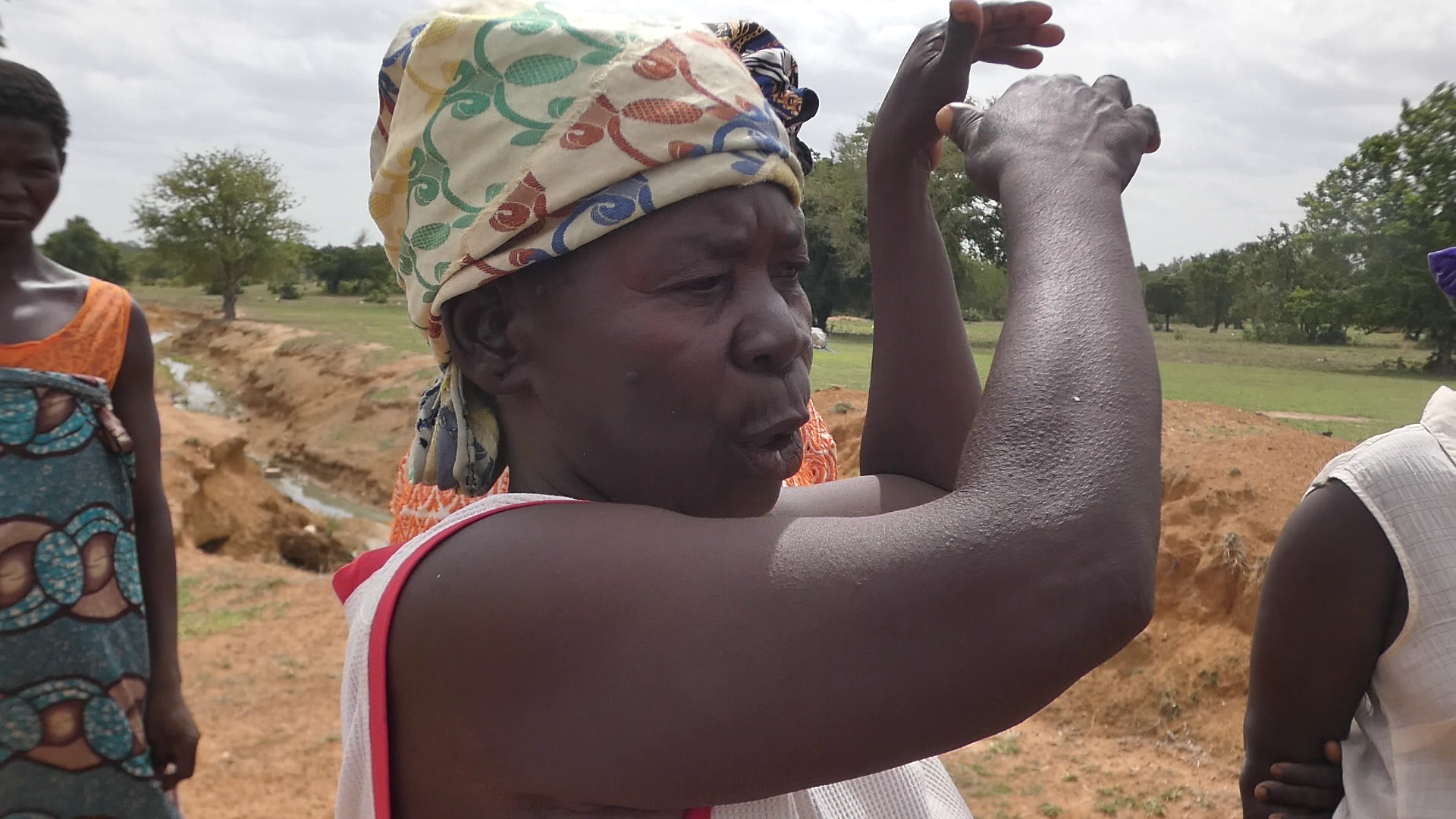
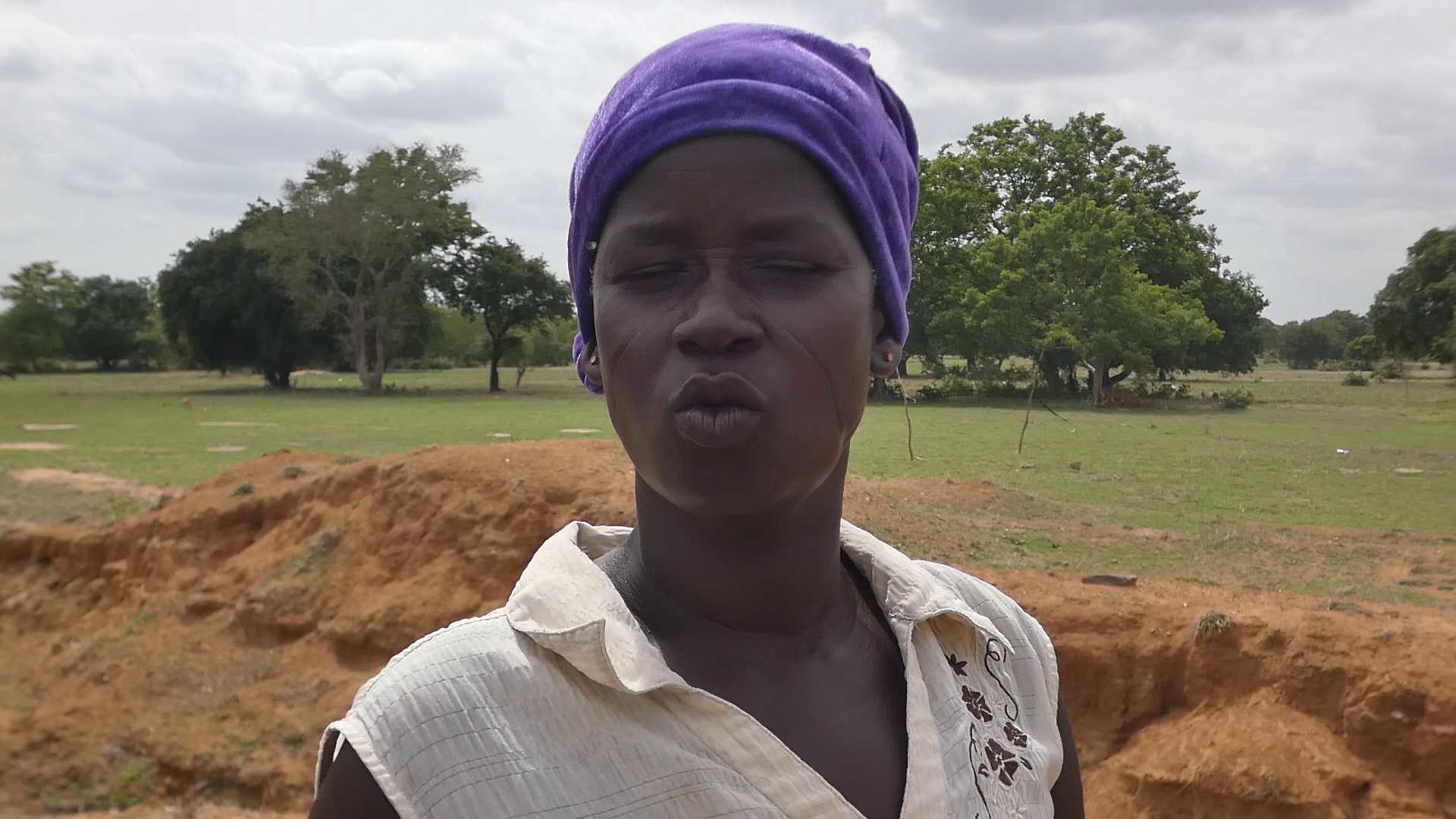
Prof. Millar requested NORPRA to try and finish the unfinished dams.
He said, “As a student of agriculture and therefore agric mechanization, never make an effort to build a dam in one year. Dam construction is in stages, you do it in one year to sustain and you go and examine what has happened after the rain and what not. So, in a holistic manner, if you want to construct a dam that will last, you need to spread over 2-3 years. Don’t pretend you can do it in 6months”
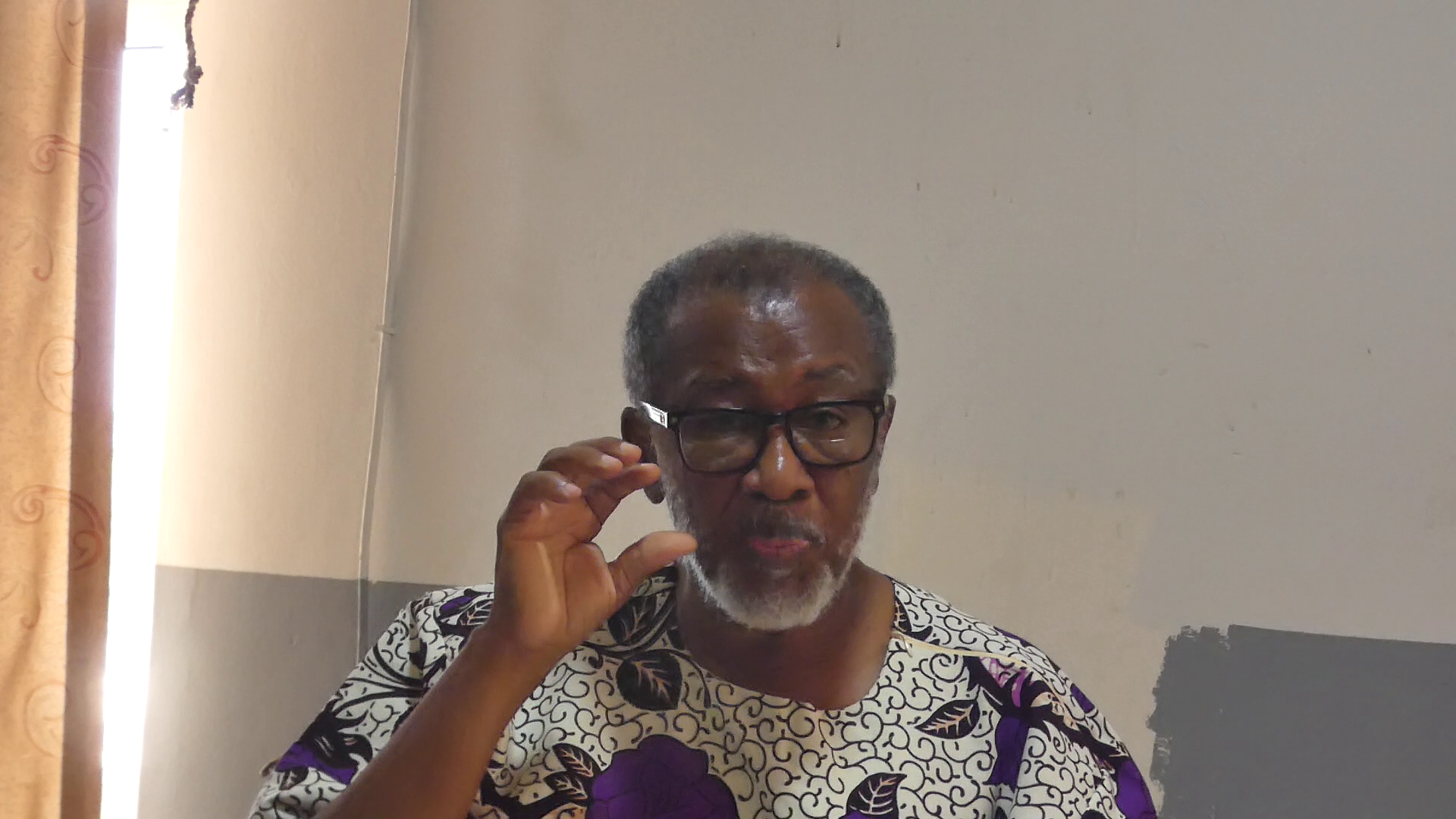
He further advised the government to prioritize the dam rather than villages and also consider rehabilitating existing dams before the construction of new dams.
He further suggests for the construction of a dam be included in the SOCO project which was launched to benefit Ghana and the people of Upper East, He believes such a project if utilized well, will the youth to farm well during the dry season.
“I heard about the SOCO Project and the amount that is committed to the project launched by the Vice President to enter into livelihood development by having in place projects that will minimize conflicts. I think that is a good project. But, I will suggest strongly the inclusion of construction of dam to this project”
Meanwhile, making some recommendations, Mr. Ayorogo said, With the revelation so far, he thinks that there should be an audit into the One Village One Dam project because it was already stated in the 2018 budget statement, that government was increasing its coverage of the Audit to the One Village One Dam which is a pro-poor programme under the infrastructure for poverty eradication.
“The second recommendation was that, before the era of this government and One Village One Dam, there existed some small dams in our various communities and these dams today are functioning and if nothing at all, they have enough water for our animals and for vegetable farming throughout the year. But in the case of One Village One Dam as we saw in other areas reflecting in the presentation, the dams are dried up. So, we recommend the policy to be reviewed and with the review, they should involve experts like Ghana Irrigation Development Authority (GIDA) and MOFA.
Mr. Ayorogo also confirmed that they also realized government has used Ghana oil money, “we call it annual budget funding amount which is a function or product of law which is picked from Ghana petroleum revenue and to support the budget statement and the economic policies of the government every year. So, the annual budget funding amount is the money that we used over Two Million Ghana Cedis for the construction of the 285 dams. And if you look at the annual budget funding amount, it is to help address regional imbalances, to help maximize the economic growth and you know, the South-North development gap, we were thinking whiles they were using the annual budget funding amount to help address regional imbalances, this money would have used judiciously, so that we have the dams functioning to enable people to engage in more agricultural activity”.
Apexnewsgh.com/Ghana/
Please contact Apexnewsgh.com on email apexnewsgh@gmail.com for your credible news publications. Contact: 0256336062





